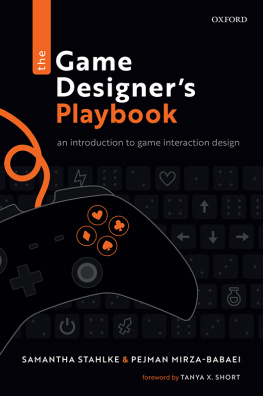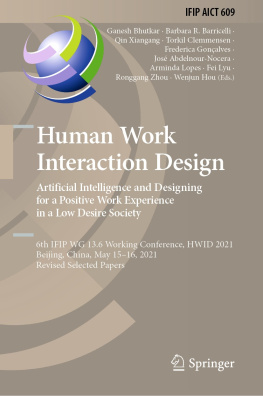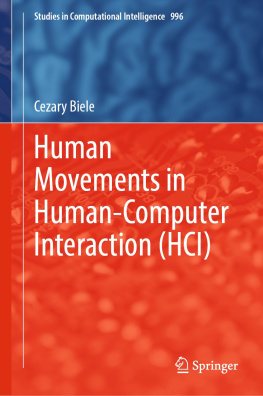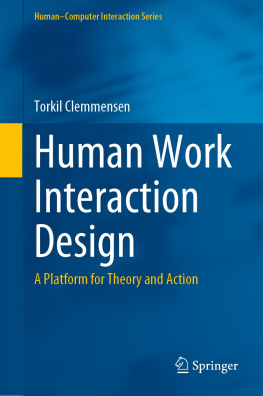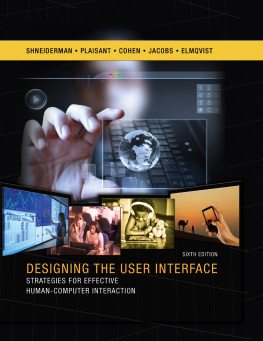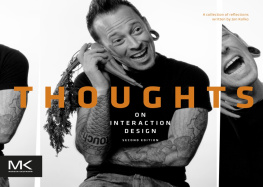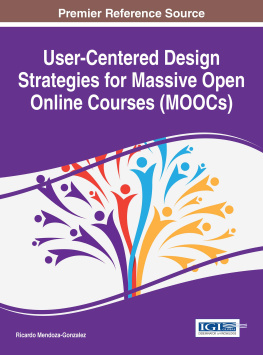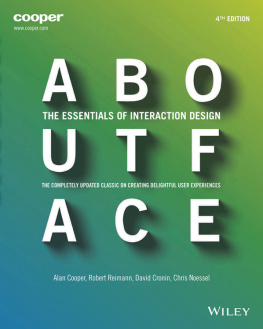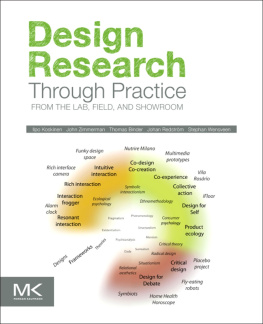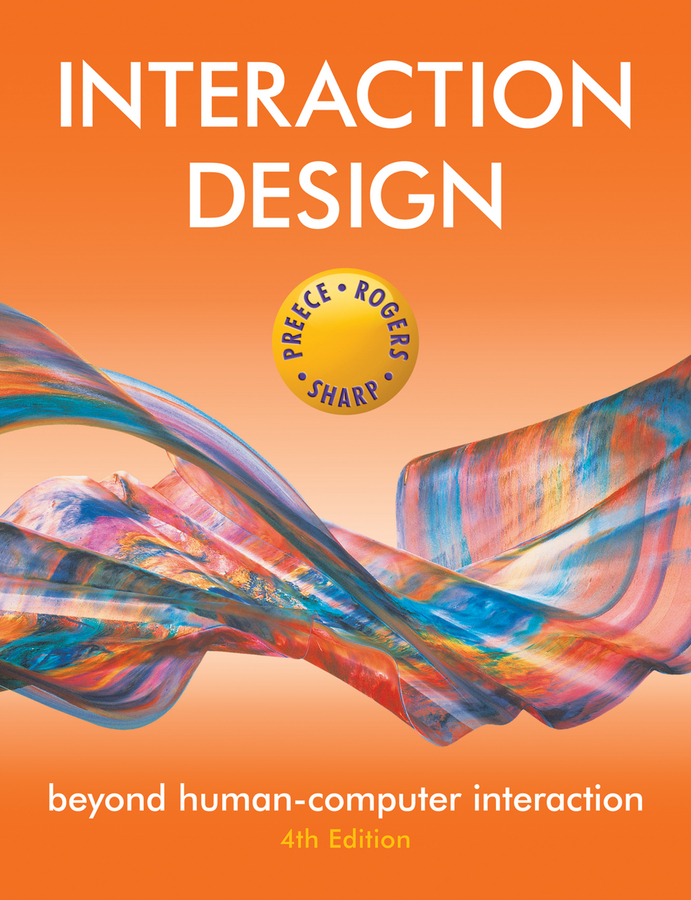
Preece, Sharp & Rogers have become a recognized brand name trusted by students, researchers, developers, and design practitioners in an increasingly diverse field across user experience design, ubiquitous computing, urban informatics, and mobile applications. The 4th edition refreshes this foundational textbook that continues to provide a comprehensive, current, and compelling coverage of concepts, methods, and cases of interaction design. Informed by the combined wisdom and thought leadership of these three senior academics, the book is a trusted source of applied knowledge grounded and refined by years of experience.
Professor Marcus Foth, Director, Urban Informatics Research Lab Interactive & Visual Design, School of Design, Queensland University of Technology Brisbane, Australia
The authors of this book have succeeded! Again! This new edition reflects in full richness what constitutes modern interaction design. While being the most comprehensive and authoritative source in the field it is also amazingly accessible and a pleasure to read.
Dr. Erik Stolterman, Professor in Informatics, School of Informatics and Computing, Indiana University, Bloomington, USA
The speed of change in ICT is both the cause and the consequence of new ways to view, design and support human interactions with digital technology. Keeping a textbook up-to-date in HCI is therefore a major challenge. Thanks to the authors firm commitment to education and outstanding capacity to combine, in every new edition, an account of the deep foundations of the field with a broad selection of advanced topics, the complete set of all four editions of this book testifies to the remarkable evolution of HCI as a discipline. Interaction Design is thus not only a first-class textbook for HCI education but also an insightful depiction of how the discipline has grown and contributed to the pervasiveness of digital technology in everyday life.
Clarisse Sieckenius de Souza, Departamento de Informtica, PUC-Rio, Brazil
I've loved Interaction Design in the past, as it provided a contemporary line of sight between theory and practice. Its style encouraged interaction, especially for readers where English is not their first language, by capturing the wisdom in engagingly readable ways. This 4th edition updates what is already wholesome and good, to deliver more, especially with the e-text version. I'd say this latest revision not only gives its readers the best chance to know where their learning journey ought to start, it takes them well down the track to understanding this important field with a much more critical lens.
Patrick O'Brien, Managing Director, The Amanuenses Network Pte Ltd, Singapore
Interaction Design has been my textbook of choice for generalist and introductory HCI courses ever since the first edition. It is well written, with great use of examples and supplementary resources. It is authoritative and has excellent coverage. The latest edition brings the material up-to-date. Importantly, it is also an engaging read.
Ann Blandford, Professor of Human-Computer Interaction, University College London, UK
Interaction Design by Preece, Sharp and Rogers offers an engaging excursion through the world of interaction design. The new edition offers a view on a broad range of topics needed for students in the field of interaction design, human-computer interaction, information design, web design or ubiquitous computing. The book should be one of the things every student should have in their backpack. It guides one through the jungle of information in our digital age. The online resources are a great help to create good classes my students and remove some weight from my backpack.
Johannes Schning, Professor of Computer Science, Hasselt University, Belgium
Interaction Design has been one of the textbooks of reference at the University of Castilla La Mancha (Spain) for several years. It covers the main topics in Human Computer Interaction offering a comprehensive equilibrium between theoretical and practical approaches to the discipline. The new chapter about Interaction Design in Practice and the remarkable updates in some chapters, with new case studies and examples, allow the user to explore the book from different perspectives and facilitate its use as a textbook in different subjects.
Professor Manuel Ortega, CHICO Group (Computer Human Interaction and Collaboration), University of Castilla - La Mancha, Spain
Interaction Design is an excellent textbook for general HCI courses that covers topics from the essential theoretical and methodological knowledge to the state-of-the-art practical knowledge in HCI and interaction design. The fourth edition again maintains this book's position as a must-have book for all HCI and interaction design students.
Youn-kyung Lim, Department of Industrial Design, KAIST, Korea
For years this book has been my recommendation for a general introduction to HumanComputer Interaction. What I particularly admire is the combination of theoretical content exploring human understanding and behaviour, along with practical content on designing, developing, and evaluating interaction systems all with references to the literature. The new edition updates existing content, and adds important material on recent developments, for example touch-interaction on smartphones and tablets.
Robert Biddle, Professor of HumanComputer Interaction, Carleton University, Ottawa, Canada
This new edition provides another wonderful opportunity to reflect on the core issues of Interaction Design and their ongoing definition and redefinition in changing contexts. It's great to see the maker community welcomed into the new edition along with all the other updated material. I am confident I can continue to set this book as the basic text for my classes and for those wishing to learn more about Interaction design and related areas.
Toni Robertson, Professor of Interaction Design, University of Technology, Sydney, Australia
This book teaches interaction design by motivating and activating the student, and there really is no other way.
Dr. Albert Ali Salah, Boazii University, Turkey
I picked up the first edition of Interaction Design when I started learning about HCI and interaction design and haven't left it since. Now I use the latest edition to introduce the subject to both undergraduate and research students because the book provides a truly multidisciplinary overview of IxD, doing justice to the natures of the discipline. It offers an excellent balance: from general concepts, to design, prototyping and evaluation methodology and, importantly, to plenty of colourful and inspiring examples. The new section on IxD practice is a much needed addition, as the industry keeps growing and reaches maturity.
Enrico Costanza, Electronics and Computer Science, The University of Southampton, UK
This fourth edition is going to continue to be the Interaction Design reference book for academics and students. Our work in communication sciences and technologies will continue to find many enlightening pathways and references within the traditional human-centric approach but also deeper into social and emotional interaction issues. The updates to this edition are of utmost relevance and also underline very well the strategic relation with industry's use of HCI R&D methods and techniques nowadays.
Oscar Mealha, Department of Communication and Art, University of Aveiro, Portugal
I have used all editions of the book in my courses. I love how each new edition continues to be relevant, vibrant and central for educating interaction designers, and keeping them up to date with the changes in the field. Thumbs up for the fourth edition, too!
Next page

